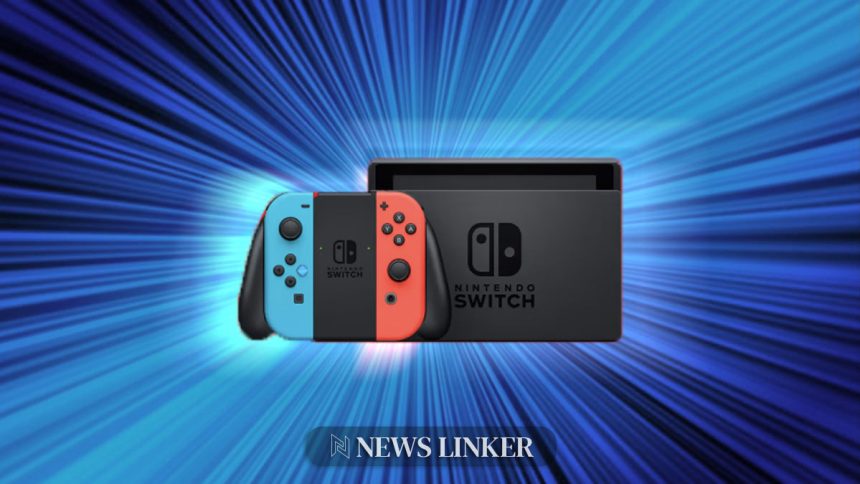Nintendo has announced a significant price increase for its latest title, Mario Kart World, setting the digital purchase price at $80. This move comes alongside the release of the new Switch 2 console, priced at $450. Gamers are reacting to the higher costs, which reflect broader industry trends towards more expensive gaming experiences. As the gaming market evolves, consumers are balancing their budgets against the rising prices of both hardware and software.
Historically, game prices have fluctuated with development costs and market demand. While Activision introduced $70 titles for PC games like Modern Warfare 2 in late 2022, Nintendo is now pushing the boundary further with an $80 price point. This increase follows similar patterns in the console market, where hardware prices have also seen upward adjustments due to economic factors such as tariffs and inflation.
Why Are Game Prices Increasing?
Publishers justify the hike in game prices by citing rising development costs and inflation. Developing a major title like Call of Duty now approaches a billion dollars, and the value of the dollar has decreased by a third over the past decade. These financial pressures make higher retail prices a seemingly necessary step to maintain profitability and cover the extensive resources required for game development.
How Do Higher Prices Affect Gamers?
The increase in game prices poses challenges for gamers, especially as wages in the US have remained stagnant while the cost of living continues to rise. Consumers may find it harder to justify the expense of new releases, leading to potential declines in sales. This financial strain could push gamers towards more affordable options, such as older titles or indie games, rather than investing in the latest triple-A releases.
What Alternatives Are Available for Gamers?
Despite the rising costs of new games, PC gamers have access to a wide range of alternatives. Platforms like Steam and the Steam Deck offer free-to-play games, inexpensive classics, and indie titles that are significantly cheaper than the new high-priced releases. For instance, Schedule 1, a $20 indie game, currently tops Steam’s revenue charts, highlighting the strong market for more affordable gaming options.
The industry’s shift towards higher-priced games reflects broader economic trends, but it also raises concerns about accessibility and consumer spending. As companies like Nintendo and Activision continue to push for higher prices, the market may see a greater divide between essential and premium gaming experiences. Understanding these dynamics is crucial for both consumers and developers as the gaming landscape continues to change.
As the gaming industry navigates these economic challenges, players may increasingly seek out value-driven options that offer quality without the hefty price tag. The balance between cost and enjoyment will likely play a significant role in shaping future trends and consumer preferences within the gaming community.










